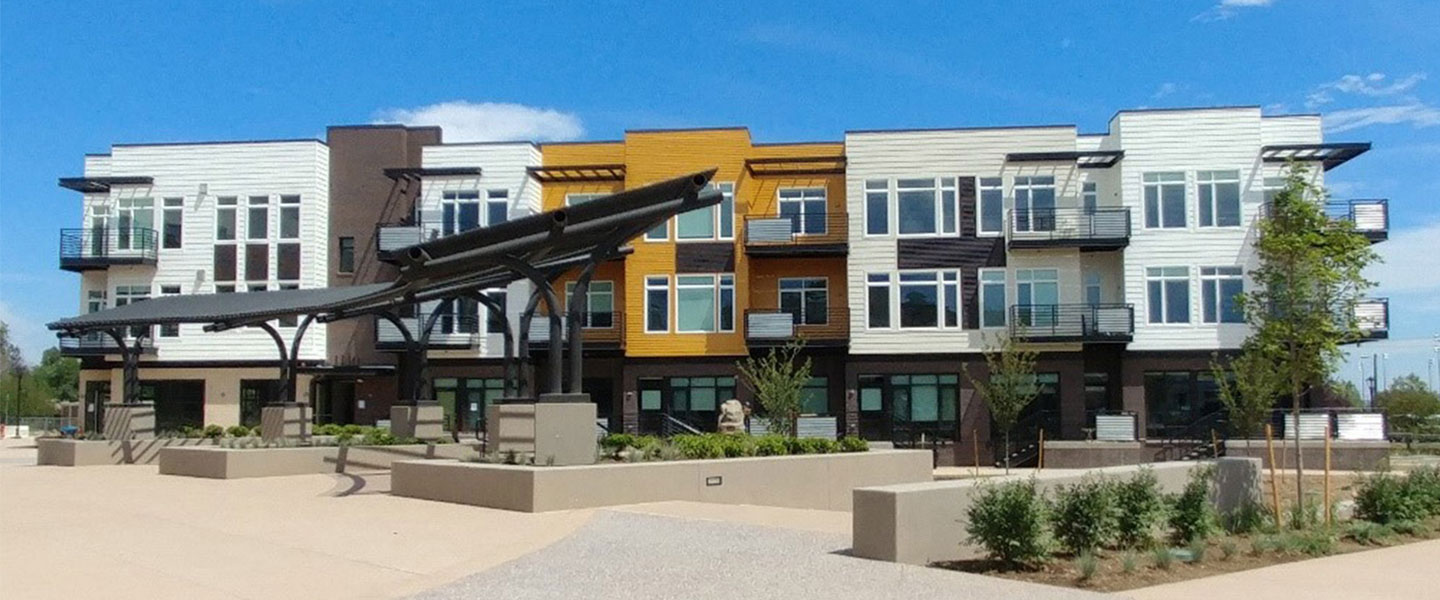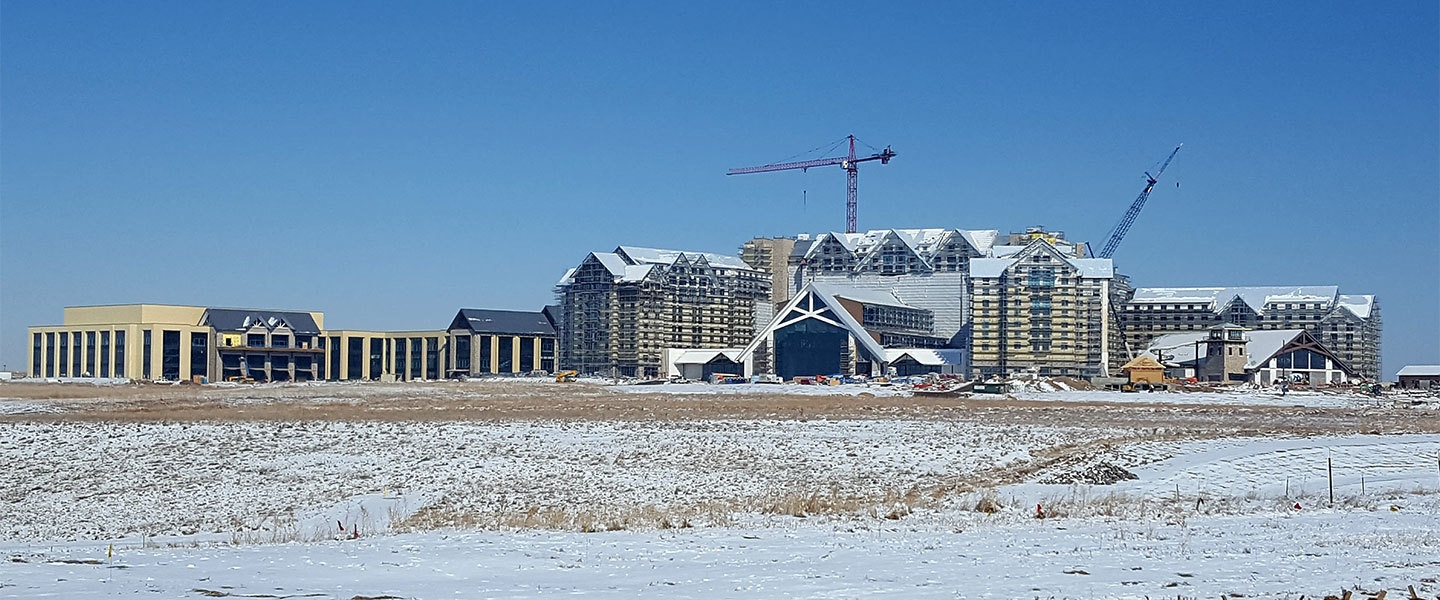The Denver metro area ranks among the most expensive places to live in the U.S. as related to cost of living versus salary and home prices. According to a payscale.com cost of living report,
Denver’s housing costs are 34% above the national average, with the median home price reaching $463,245. These expenses are driving land development trends that are putting a greater focus on affordability, maximizing homeowner value, and sustainability.
Trend 1: Affordable and Vertical
Land developers are always looking for a competitive edge compared to the market by providing something that is both affordable and unique. This is driving some new building types that offer alternatives to the traditional single family detached homes
to appeal to buyers in a tight market. For example, the Richmond Homes Cityscapes series build vertically in favor of the traditional horizontal footprint. The homes have three stories of living space with a rooftop deck versus the more traditional
two stories that cover a greater square footage horizontally. Another prominent home type that we are seeing more frequently is carriage homes, which are based off of a California concept that includes four single family detached homes on what traditionally
would be two single family lots. The footprint is smaller for these types of homes, and they are serviced off of a shared, private drive. Additionally, several apartments and homes in the area are being built without basements to avoid costs associated
with digging.
These new building types have made for some interesting adjustments for our civil engineering and land development work. For example, the use of different foundation systems haven’t been the norm in the Denver area. As a firm, we need to understand
what civil work needs to be done in preparation for new design considerations, such as raft foundations, the impacts of earthwork balance, and associated utility design. For carriage homes, we also need to consider constructing clusters of homes concurrently
due to space constraints.
One project that we recently completed that incorporates new design elements to provide competitive value is the Downtown East Louisville Development,
known as DeLo, a mixed-use, transit-oriented redevelopment of a brownfield site located directly east of historic downtown Louisville, Colorado. The developer for the project understood that he was going to need to maximize the value of that land
by building a more dense and urban concept. Our design solution resulted in Colorado’s longest woonerf street section—a “living” multimodel street environment based on a European model that slows the flow of traffic, while
providing a curbless, pedestrian-oriented experience.

For DeLo, we were tasked with creating a unique development that capitalizes on the proximity to Old Town Louisville, has a high density, and integrates public spaces without adversely impacting the required density.
Trend 2: For Rent
Another major trend we are seeing in the greater-Denver area is a push from large-scale national landholders to build communities and subdivisions that are all 100% for rent. We recently began working on a subdivision for a client called American Homes
4 Rent. The subdivision will include around 100 single family detached units, all of which will be for rent only. That is unique, as typically these types of buildings in the past were either condos for sale or some mixture of for rent and for sale.
This direction acknowledges the affordability trend, helps to allow future purchasers repair credit histories, and targets an emerging market of families that desire a home without the maintenance or confines of ownership.
Trend 3: Low Impact Developments
Another emerging trend is low impact developments or LID, which look to mimic natural processes to reduce the footprint of the development, particularly as it relates to stormwater management. This is a similar approach to many of the heavily populated
urban area developments on the East Coast.
A LEED, or Leadership in Energy and Environmental Design, designation has historically considered the reduction of the environmental footprint from inside the building. LEED has now started
to acknowledge that there is a much larger civil component to reducing a development’s footprint. Specifically, LEED-ND (neighborhood development) now places a greater emphasis on stormwater and pedestrian connectivity through multimodal corridors.
The Denver area has seen more and more developers look at generating smart spaces through LID and through the LEED-ND designation as people become space-constrained.

For the Gaylord Rockies Resort and Conference Center in Aurora, Colorado, we provided low-impact design techniques to minimize the development footprint through a horizontally and vertically bifurcated, inverted crown main entry that utilizes a “dry creek bed” to preliminarily treat stormwater from the site.
Ultimately, these trends are defined by their ability to provide value to clients and to Denver. The growth and energy surrounding the Denver community makes it one of the most exciting places to be in the land development business. We’re excited
to see where the market steers us next, and to continue to learn and adapt our work to fit the latest land development products.